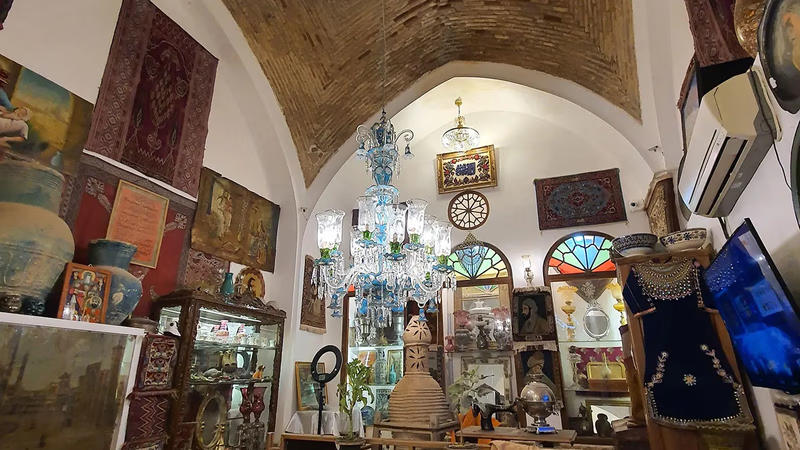
Discover antique treasures at Asia"s vibrant markets. "
In Asia, there are several well-known and reputable markets for dealing in antiques and antique goods markets. It is the largest antique market in China and one of the largest antique markets in the world. Beijing Antique Market is located in Panjiayuan District and hosts more than 4,000 antique dealers from all over China. Tokyo Antiques Market is one of the most important antique markets in Japan. This monthly market is held in various locations in Tokyo and features Japanese and Asian antiques, paintings, books, coins, sculptures and other ancient objects.
İstanbul Antika Pazarı is one of the most popular and popular antique markets in the Middle East . Located in the Grand Bazaar neighborhood, this market offers a wide variety of antiques and antiques, including rugs, pottery , jewelry, furniture, and other vintage items. Amphawa Floating Market is a floating antique market in Thailand, located near Bangkok. This market is famous for selling antiques and Thai antique goods and is held on the water by boats .
Dubai Antique Market is a famous market in Dubai that sells antiques, sculptures, vintage interior design and other ancient objects. This market is located in Al Qoz neighborhood and is a destination for those interested in antique goods in the Middle East. Antique markets in Asia usually host antique goods from domestic countries and different regions. China is one of the main sources of antiques in Asian markets. With a very long history and rich culture, China has ancient objects, ceramics, paintings, sculptures and other antique goods.
Japan is also one of the important sources of antiques in Asia. Japanese antiques include vintage items such as linen, crystal, ceramics, candlesticks, chandeliers, and other art objects. India is one of the countries that has a rich history and culture in the field of arts and crafts . In Asian antique markets, you can find Indian antiques such as bronze statues, traditional jewelry, carpets, rugs, and other Indian antiques.
Thailand is also known as a reliable source for antiques. In Thailand antique markets, you can find Thai antiques such as old rhinestones, statues, pottery and ceramics, the oldest carpets and other Thai antiques. Turkey , with its rich cultural history and historical connections with different regions, is an important source of antique goods in Asia. In Turkish antique markets, you can find old Turkish objects such as carpets, pottery and ceramics, furniture, paintings and other antique goods.
Some countries may have laws that restrict the purchase and sale of national antiques. This is in order to preserve the history and cultural value of its ancient works and antiques. Some countries may have laws and regulations to protect antiquities and restrict their purchase and sale. These laws are usually aimed at preventing smuggling and preserving historical and cultural artifacts. To buy and sell antiques in Asian countries, it is better to familiarize yourself with the local laws and seek guidance from local experts or relevant legal advisors.
The rules and regulations related to buying and selling antiques in Asian countries can be different. In many Asian countries, the sale and purchase of antiques is legal, but there may be certain restrictions and regulations that must be followed. Some countries may impose restrictions on the export and import of antiques to preserve their history and culture. For example, some antiques may be subject to export restrictions and require special permits or permission from relevant authorities.
-
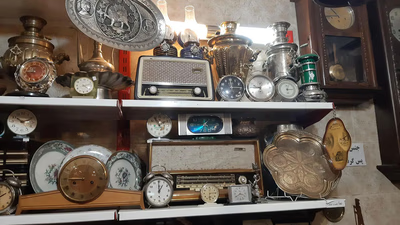
Antiques from the Middle East reflect a rich tapestry of Islamic civilization and cultural heritage. Each country in the region, including Iran, Turkey, Saudi Arabia, Lebanon, Iraq, Syria, Israel, Afghanistan, Pakistan, and Egypt, offers unique antique goods that showcase their historical significance and artistic traditions. Common items include hand-woven carpets, pottery, jewelry, and ancient artifacts that embody local styles and religious motifs. The diversity of cultures in West Asia is evident in the variety of antiques available in active markets across the region. These markets serve as vital hubs for trade and exchange of unique handmade pieces. The value of these antiques is heightened by their historical context and craftsmanship. Understanding the distinct characteristics of antiques from each country can provide deeper insights into their cultural narratives. As demand fluctuates based on market trends and supply chains evolve, the landscape of antique trading continues to change. Overall, Middle Eastern antiques not only represent artistic expression but also serve as a bridge connecting past civilizations with contemporary society.
-
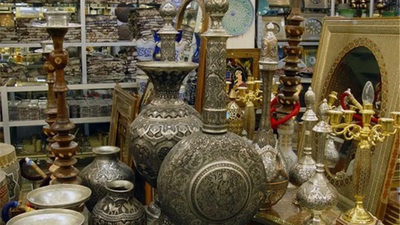
Antiques from the Middle East hold significant historical and cultural value, often fetching high prices at prestigious auctions. The rarity of these items, combined with their connection to important historical periods, makes them highly sought after by collectors and investors. Major auction houses like Sotheby"s and Christie"s have hosted notable sales of Middle Eastern antiques, including the "Shah Abbasi Curtain" sold for over £7 million and the "Trenches of Persia" carpet that reached $33 million. Auctions in Dubai, Qatar, and Beirut have also seen remarkable transactions, showcasing the region"s rich heritage through items like the "Sultan Mahmoud Ghaznavi Statue" and ancient pottery. These antiques not only represent artistic craftsmanship but also embody the beliefs and traditions of their cultures. The market for Middle Eastern antiques continues to thrive as collectors seek to preserve these unique pieces of history. "
-
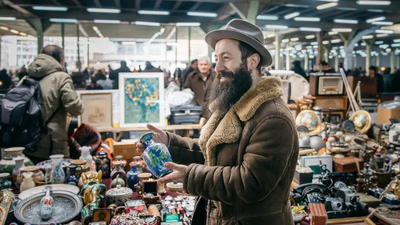
Antiques are defined as valuable objects over 100 years old, holding historical, cultural, and artistic significance. Notable examples include the Gutenberg Bible, the Mona Lisa, and Hammurabi"s Code. The value of antiques is influenced by factors such as age, authenticity, condition, and market demand. Popularity can fluctuate based on trends and historical relevance. Key criteria for determining an antique"s worth include its originality, condition, rarity, and associated history. Major global markets for antiques include London, Paris, New York City, Los Angeles, Tokyo, and Beijing. Each location offers unique items ranging from vintage furniture to traditional art pieces. The diverse nature of antiques encompasses various categories like paintings, sculptures, jewelry, coins, and more. These items are often sold at exhibitions or specialized markets catering to collectors and enthusiasts.
-

Asia hosts several prominent antique markets, each offering a unique selection of historical artifacts. The Beijing Antique Market in China is the largest, featuring over 4,000 dealers. Japan"s Tokyo Antiques Market showcases a variety of Asian antiques monthly, while Istanbul"s Antika Pazarı in Turkey is renowned for its diverse offerings, including rugs and jewelry. Thailand"s Amphawa Floating Market provides a unique experience with antiques sold from boats. Dubai Antique Market is another key player in the Middle East, known for vintage interior design items. Countries like China, Japan, India, Thailand, and Turkey are significant sources of antiques due to their rich cultural histories. However, potential buyers should be aware of local laws regarding the sale and export of antiques to avoid legal issues. Understanding these regulations is crucial for anyone looking to engage in antique trade within Asia. "
-
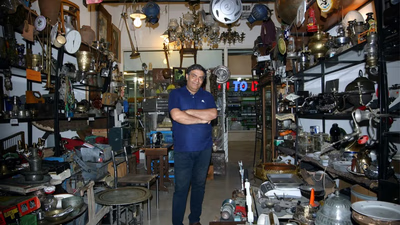
The antique market in West Asia and the Middle East is a significant global hub, driven by the region"s rich history and cultural diversity. This market features a wide array of antiquities, including coins, statues, pottery, jewelry, and ancient artworks. The value of these items is influenced by factors such as their condition, authenticity, rarity, and historical significance. High demand for antiques stems from cultural heritage enthusiasts and the tourism sector. The supply remains robust due to abundant sources of ancient artifacts in the region. Key buyers include wealthy individuals, private collectors, museums, galleries, and cultural institutions that seek unique pieces for their collections. Auctions and antique fairs are popular venues for acquiring these valuable items. The interplay between supply and demand creates a dynamic marketplace that not only preserves but also showcases the rich history of West Asia and the Middle East. "





